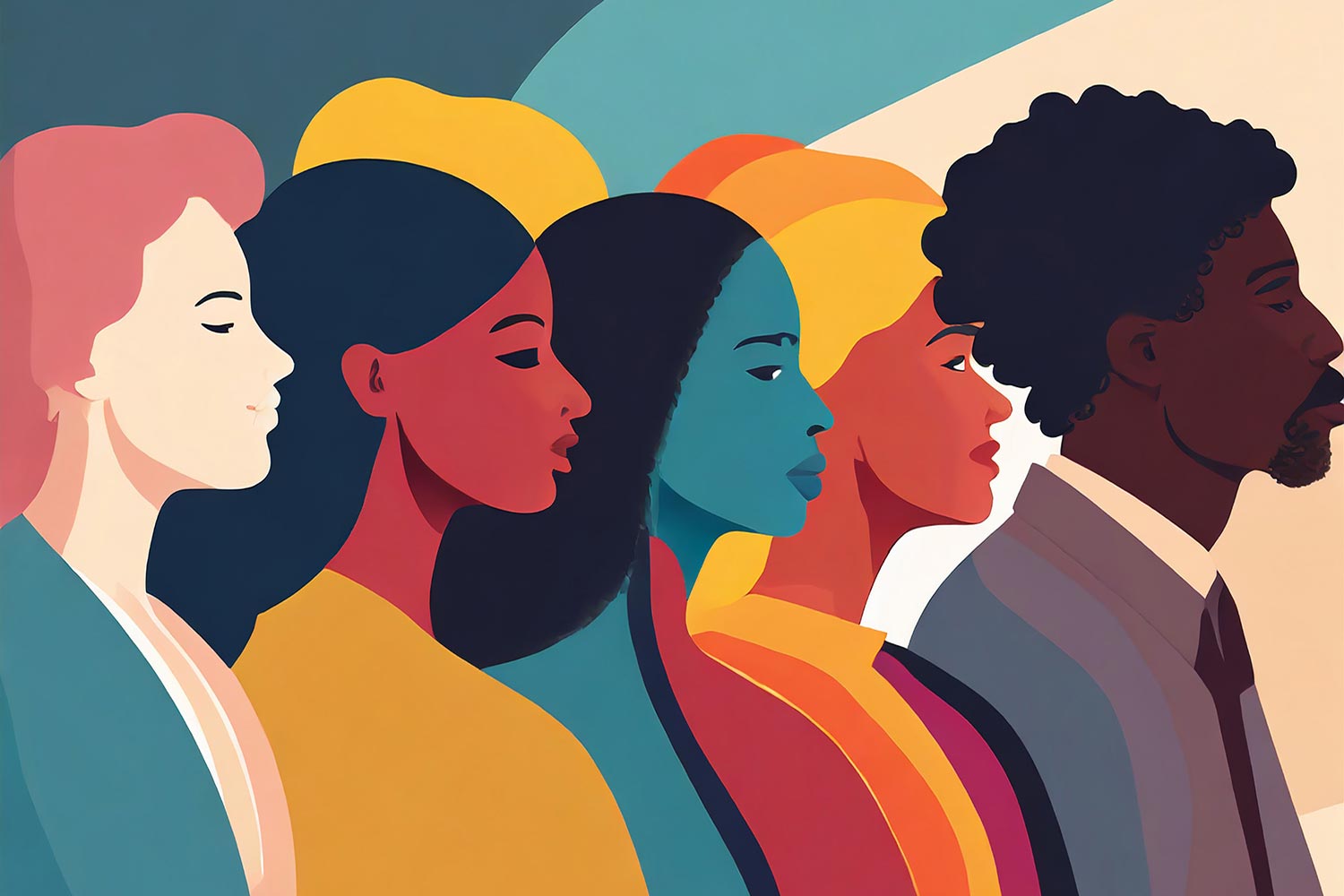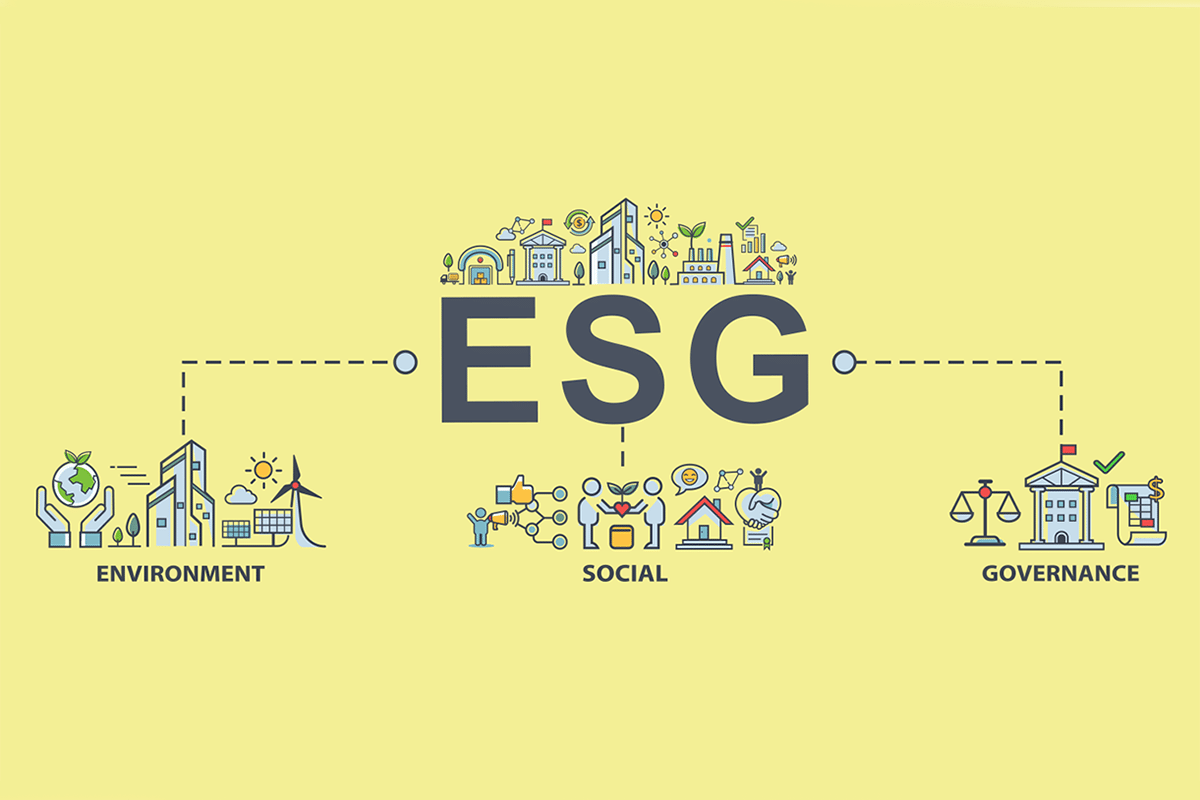Using Philanthropy to Address Racial Harm and Inequity
Learn how the United Way of Greater Los Angeles (UWGLA) is using racial justice to inform their grantmaking efforts, and how other philanthropic organizations can help work to undo the legacies of harm inflicted upon communities of color.

Tools to strategize and operationalize racial justice at your nonprofit.
Throughout the past few years, much of the renewed energy and attention given to racial justice within the nonprofit sector has been rightly fueled by the confluence of events surrounding the COVID-19 pandemic and the racial justice protests that erupted throughout the country in 2020.
These events — particularly the pandemic, given how broadly and unevenly it impacted different populations — helped to reignite a broader conversation around systemic racism: it made the nonprofit sector face how the intersectionality of those systems, institutions, and policies require thoughtful approaches to undoing the legacies of harm inflicted upon communities of color.
Nonprofits Cannot Separate Themselves from the Legacies of Economic Disparity
The history of systemic racism has created very real barriers to accessing critical wealth-building opportunities1. These barriers permeate all aspects of life. That is, the legacies of harm and inequity also reflect disparities within the nonprofit sector itself.
More specifically, these legacies have serious implications for the long-term financial sustainability of BIPOC-led organizations. The challenges that many BIPOC-led organizations face when trying to raise unrestricted revenue, build up operating reserves, or maintain an organizational surplus are directly linked to the larger disparities in wealth and equitable access to financial capital for BIPOC households more broadly. These systems are interconnected and cannot be separated from each other. As such, they necessitate a critical rethinking around how the philanthropic sector should invest in and support those same communities in ways that actively undo those legacies of injustice.
However, we must be under no illusions: nothing short of a major systemic intervention of wealth redistribution and policy reforms would begin to rectify existing inequities. Nevertheless, we can continue refining our toolkit of resources in how we, as social justice practitioners, do the work of racial justice through our investments, programs, partnerships, and operational practices.
The Tools of Racial Justice
Broadly speaking, racial justice in philanthropy and grantmaking seeks to intentionally invest resources in practices and policies that result in equitable and restorative outcomes for historically marginalized communities. While we continue to live through increasingly tumultuous times, it is also important to remember that we can access a rich network of resources to draw on for support and to sustain each other as we do this work. From grassroots-based mutual aid networks to national philanthropic collaboratives, there is no shortage of tools with which we can equip ourselves.
To equip yourself with the most effective tools, you must first understand where your own organization is at in terms of its grasp and operationalization of racial justice. In this, you must consider the positionality of your organization. Have you walked through an honest power mapping analysis of your organization with your staff, for example? How are you taking lessons from these exercises and applying them to the work of operationalizing racial justice? After all, if these tools are not used strategically, they may fail in terms of efficacy.
It is also important to remember that there is no one-size-fits-all box when it comes to what advancing this work can look like for an organization, for a team, or for a particular investment. Like using a Swiss Army knife, each of the many tools has a unique function. You want to understand which tool should be used for the issue you are working to address; from there, you can apply the correct tool when it is needed.
Let’s examine what the strategic use of racial justice tools looks like in practice.
For the remainder of this article, I will provide some examples of how the United Way of Greater Los Angeles (UWGLA) is using racial justice to inform our grantmaking efforts. I will also share some examples of short- and long-term strategies grantmaking organizations can consider that help advance racial justice, including highlighting some resources that provide additional guidance for exploring racial justice more deeply from a range of perspectives. It is my hope that by sharing this information, you might be inspired to consider how best to strategize and operationalize racial justice at your own organization as well!
I will now turn to a case study to illustrate these concepts.
UWGLA: A Case Study in Strategizing the Tools of Racial Justice
At UWGLA, our work focuses on two areas: identifying short-term solutions that can help to address immediate needs (like emergency financial assistance and food support), as well as identifying solutions to the more long-term, systems-level challenges facing people experiencing homelessness, affordable housing production, and community wealth building. In order to truly design useful solutions, however, we need to listen to our community members.
As part of our celebration of a century of service to the Greater Los Angeles community, for example, we engaged other regional organizations in community conversations about the issues and challenges facing LA County. These conversations helped us understand the role we can play going forward to bring together public, private, and nonprofit groups to improve the quality of life for all Angelenos. In particular, one of the key takeaways from these conversations focused on the importance of retaining and returning wealth to BIPOC communities by providing flexible funding — that is, funding which is self-directed by the communities themselves.
Of course, these conversations have helped us begin to deepen our impact by better tailoring our grantmaking investments to be responsive to community needs. However, they also forced us to question ourselves. For example, we started to ask: How are we meaningfully engaging BIPOC-led organizations (many of which are led by individuals with lived experience) in authentic and culturally responsive ways to support long-term sustainability and success?
Supporting BIPOC-led Organizations for Sustainability and Success
Too frequently in the philanthropic sector, organizations awarded funding for capacity-building projects are not well-positioned to effectively utilize those funds to achieve the intended impact. The funding is essentially provided in a resource vacuum: grants invest in the operational infrastructure of organizations without investing in the human infrastructure — i.e., the people who run the organization on a day-to-day basis and are the organization’s life and blood. Smaller nonprofit organizations often find themselves in a catch-22: they must forgo capacity-building funding because they do not have the staff capacity and resources to effectively put the funds to use.
To help address this, capacity-building funding must be paired with a menu of resources that grantees can select from to meet their organization’s unique needs. This might look like on-going technical assistance support, pre-vetted consultants, access to free or subsidized trainings for staff, mentorship programs, collaborative workshops with professionals in the sector, or any variety of customized services and supports. Approaching investments with this lens has helped our team at UWGLA better ensure that the smaller, community-based organizations we are partnering with are equipped to effectively manage a capacity-building funding opportunity and derive the greatest value from that investment going forward.
Through these collective efforts, UWGLA has supported capacity-building investments for nearly 100 organizations, totaling over $7.8 million; almost one-third of those dollars went to organizations with operating budgets of less than $1 million. Many of these smaller organizations are led by BIPOC staff and located in historically marginalized communities, cut off from access to the social and financial capital that is needed to support an organization’s health and long-term sustainability. When making these investments, we’ve often worked to identify additional technical assistance resources that organizations can leverage to complement the capacity-building investments we are making on the operational side.
Here’s an example: we are currently working with a consultant team that has a strong track record of working on contracting equity initiatives here in Los Angeles County. The consultant team is working with a cohort of organizations we’ve made capacity-building investments in to provide the hands-on support and strategic guidance throughout the project in a way that complements the operational investments we’re making in the organizations. Bringing the operational and human capital investments together in a complementary way is an integral part of supporting capacity-building investments for smaller BIPOC-led organizations — one that is often overlooked by funders.
Listening to the Feedback Loop
But we’ve also learned that funding is a two-way street: these investments have provided a tangible opportunity to both better understand and learn from our partners about what their needs are as well as continue refining our own approach to how we think about investing in organizational strengthening initiatives more holistically. Our partnerships have taught us some incredible lessons, and they have really helped us move towards a capacity-building framework that leverages resources within a broader ecosystem of supports.
But don’t just take our word for it. Executive Director of Measure of Hearts Foundation2 Aristela Roberson said it best: “support … extends beyond just financial aid … UWGLA is with us, like a parent, watching us grow.” As a leader who has lived experience with homelessness, incarceration, and the foster care system, it is crucial that UWGLA listen to — and implement — Ms. Roberson’s feedback to create community-centered services.
What a BIPOC-led, Capacity-Building Investment can Look Like: UWGLA’s Alternatives to Incarceration (ATI)
Part of what this also means is that funders must pay attention — and respond to — ongoing legislative changes. At UWGLA, we like to keep our finger on the legislative pulse, paying attention to ways that we can leverage policy changes and public funding that support BIPOC-led organizations in building their capacity. We saw a chance for this in fall 2020, when LA passed Measure J. This historic ballot measure amended the county charter to permanently require that 10% of locally generated revenue (an estimated $300 million each year) be invested in alternatives to incarceration and direct community investment. Basically, Measure J offered the opportunity to expand housing and homelessness services for individuals experiencing homelessness with criminal histories or exiting incarceration.
However, capacity to absorb these types of large-scale resources can be challenging, especially when we don’t have enough organizations that are eligible to receive public resources. Similarly, many eligible organizations have limited ability to navigate public procurement processes without additional support. The funds were there, but organizations needed support to access them. In this way, UWGLA saw an opportunity to directly invest in BIPOC-led organizations through the Hilton-funded Alternatives to Incarceration (ATI) capacity-building initiative.
More specifically, this ATI capacity-building initiative supported investments in the operational infrastructure of small, primarily BIPOC and lived-experience-led nonprofit organizations that provide housing as well as diversion and reentry services in communities throughout Los Angeles County. The investments supported a range of capacity-building needs, as identified by the organizations: areas such as financial systems, human resources, leadership development, and IT enhancements.
One of the primary goals of the investment was to increase access to public funding opportunities and county contracts by supporting BIPOC-led organizations in becoming pre-qualified vendors with county agencies. This is a goal we are continuing to make progress on.
Resources to Sustain Self-Scrutiny and Transformation
However, effective programs and initiatives do not lead us to complacency. In fact, we must constantly think through how we can improve. To quote a helpful racial justice grantmaking guide: “It is the way of timely debates to lose their currency after a year or so. We urge the field to sustain the scrutiny, self-evaluation, and transformation that this moment demands from all of us.”
This means constantly looking for new tools that help to operationalize a racial justice lens in daily work. In that spirit, I want to share three resources I’ve come across in my search for guidance on some of the questions and issues voiced in this article.
The first is the aforementioned Grantmaking with a Racial Justice Lens: A Practical Guide. This guide is a great place to start if you are looking for actionable strategies that focus on aligning philanthropic practices with a racial justice vision. It touches on everything from goal-setting to easing the burden on grantees. It also has a lovely appendix filled with examples of racial equity assessment tools that can be modified based on your organization’s particular needs and goals.
Secondly, the Nonprofit Finance Fund’s 2022 State of the Nonprofit Sector Survey created a very helpful resource that focuses on What Funders Can Do to advance equitable funding practices in their work. This resource guide provides a quick snapshot of a range of funding strategies that can be tailored to your organization’s funding goals and priorities. The guide touches on some potentially familiar practices, like streamlining RFPs and reporting requirements, but also takes a deeper look at unrestricted funding examples from case studies in New York City.
Lastly, an older (from 2015) but still very useful resource by the Government Alliance on Racial Equity highlights some Best Local Government Practices that Advance Racial Equity. This issue brief touches on some very important strategies for addressing structural barriers to the procurement process; these strategies are critical for ensuring that access to contracting and funding opportunities is provided to smaller, BIPOC-led and serving organizations. While the issue brief focuses on government contracting and funding, many of the barriers and recommended strategies are equally applicable to the philanthropic space.
The work of advancing racial justice is a process.
As these resources make clear, we must continue to make progress on building an approach to our investments that truly centers racial justice at every level. The work of racial justice is constantly evolving. This means we must constantly evolve our thinking about how philanthropy responds to this dynamism through its investments.
As such, funding itself must be an emergent practice that’s flexible, creative, and grounded in community. It is only in this way that we will begin to disrupt the legacies of systemic racism.
Footnotes:
- See, for example, this 2020 Brookings Institution analysis of household wealth. This report noted that nationally, Non-Hispanic White households (who account for 60 percent of the U.S. population) held 84 percent of total household wealth in the United States. In contrast, Black households (who account for 13.4 percent of the U.S. population) held just 4 percent of total household wealth. Here in Los Angeles County, Black households have the lowest median income in comparison to any other racial/ethnic group.
↩︎ - Measure of Hearts Foundation is an LA organization that provides transitional supportive housing to people experiencing homelessness. This organization received capacity-building funding from UWGLA. ↩︎
About the Author
Ed Braxton is a Program Officer on the Strategic Investments team at United Way of Greater Los Angeles. Ed is currently a Racial Equity Fellow in the Social Justice Partners LA Racial Equity in Homelessness Fellowship.
Articles on Blue Avocado do not provide legal representation or legal advice and should not be used as a substitute for advice or legal counsel. Blue Avocado provides space for the nonprofit sector to express new ideas. Views represented in Blue Avocado do not necessarily express the opinion of the publication or its publisher.











